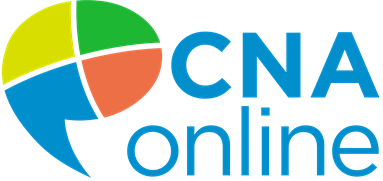Not all aging care facilities have their own CNA training programs. Those that do are not seeing as many potential students walk through the doors, and even fewer gaining their CNA licenses. In an age where the need for CNAs is high, does it make sense to develop your own CNA program if the results are lower than expected?
Dedicated Resources Take Time and Money
Facilities understand they need CNAs to fill roles and provide care to others. On the surface, it only seems logical to design an in-house training program. Facilities will budget for resources, instructors, time, and set aside a room for classes. Everything will fall into place from there. Getting people to sign up for the program is another challenge, and more resources are poured into marketing the in-house CNA training program. Still, the numbers are lower than expected, and not all students are guaranteed to pass the course. If the turnout is low, can an in-house training program remain sustainable? Why is the turnout low? The recourse is usually to analyze the program and try to reconfigure things, which takes even more time, money, and other resources.
Accessibility Beyond In-House CNA Training
Many people would welcome an opportunity to enter the healthcare field and provide excellent care to people. But in today’s world, most future-CNAs are already holding down jobs or going to school, and can’t readjust their lives to travel to a physical classroom and take courses. Yes, once they have the training they will be more than eager to take their lives in a new direction. But current circumstances present another conundrum for those students as well as facilities. Making CNA training more accessible is the ideal goal, but facilities can’t have courses running 24/7 without hemorrhaging money and human resources. There has to be a way to make training more accessible to busy students while also increasing the number of CNAs to facilities.
The Enhanced CNA Training Model
CNAonline has developed a complete training program for CNAs which is accessible online via computer and personal mobile devices 24/7 and periodical in-house, clinical labs training. No longer do students have to worry about scheduling classes or readjusting their schedules with this flexible opportunity. This gives students the advantage of learning on their own time. Facilities reap many benefits from CNAonline because with the accessibility of education and training, the program creates more CNAs than the traditional learning experience. By making CNA training more accessible, CNAonline can help facilities find students (which are potential hires) and fill in any gaps in the workforce to help facilities face the rising population segment in need of aging care.
To learn more about how CNAonline can benefit your facility, contact us today.
